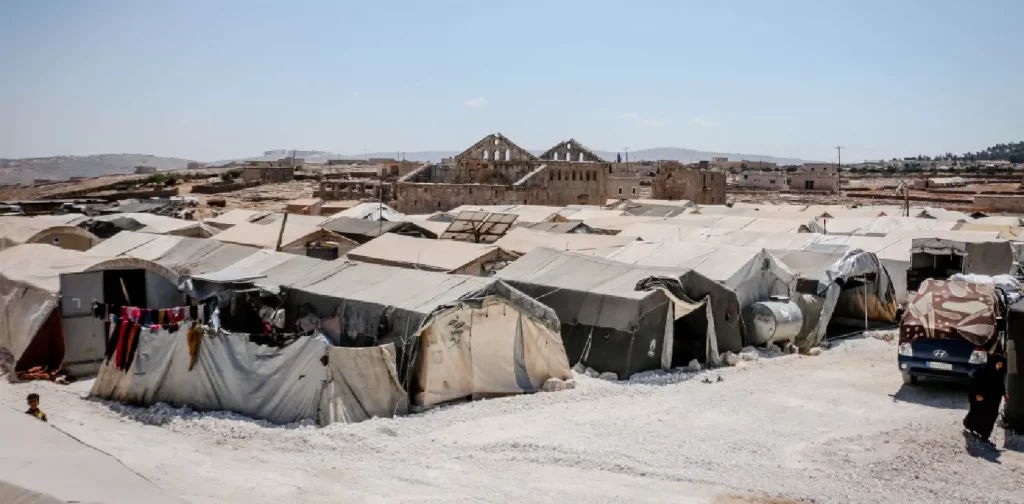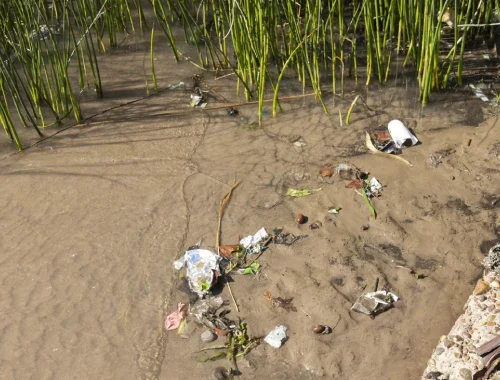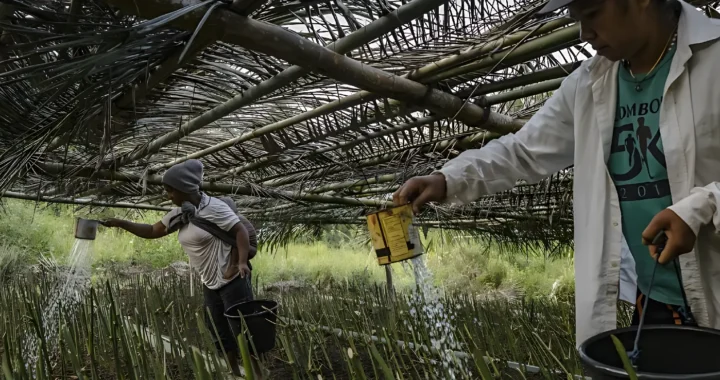Urgency to Support Humanitarian Aid in the Time of Polycrisis

Photo: Ahmed akacha on Pexels.
For centuries, the world has witnessed crises in many forms. Some are man-made crises, like wars and conflicts, whereas others are caused by slightly larger forces, like natural disasters. In any case, however, one thing remains true: people suffer from crises. Humanitarian aids have an essential role in delivering help to those suffering in cases of emergencies. As the world gets more unpredictable, how can we support humanitarian aid during crises?
Polycrisis at a glance
Crises are happening everywhere, and more people are forced to flee their homes in search of a safer place. The Global Humanitarian Overview (GHO) 2023 shares that the overall number of forcibly displaced people had reached an estimated 103 million by the middle of 2022. More than 36 million of them are children. The number includes 32.5 million refugees, 53.1 million internally displaced persons (IDPs), and 4.9 million asylum-seekers.
The report further cites disasters as the major causes of displacements worldwide. The most recent data shows that 5.9 million people worldwide were displaced at the end of 2021 due to natural disasters, with no sign of decline as extreme weather continued in 2022.
On the other hand, conflicts and violence also significantly contribute to the number, causing 14.4 million displacements in 2021. The recent war in Ukraine resulted in nearly 8 million refugees across Europe and 5 million internally displaced persons within Ukraine.
Being stripped of home and everything familiar to them can plunge people into other crises. According to the GHO 2023 report, more than 70% of people experiencing hunger live in areas affected by war and violence. Furthermore, women are often disproportionately affected by food insecurity and hunger cases. More efforts should also make sure children can still thrive in emergencies, including care for their health, nutrition, security and safety, and early learning. In this case, humanitarian aid is essential.
Humanitarian aid in the time of crises

Humanitarian aid workers help and assist people affected by conflicts or natural disasters. In general, they are a mixture of well-trained people from local, national, and international organizations across the globe. Local and national workers are critical because they understand local challenges and opportunities and can contribute effectively, efficiently, and sustainably in emergencies.
As much as it is important, the work of providing humanitarian relief is laced with multiple challenges. Living in a stressful environment and working long hours can affect aid workers’ physical and mental well-being. Furthermore, they often become targets of attacks. In 2021 alone, 461 aid workers became victims of major attacks, resulting in 203 aid workers seriously injured, 117 kidnapped, and 141 killed.
Providing humanitarian aid is not without a cost either. The GHO 2023 report predicts that the cost required to assist humanitarian aid will reach USD 51.5 billion to provide care and assistance for 230 million people in 2023. The rising operational costs, commodity prices, and high inflation also contribute to a significant rise in requirements. So, providing robust humanitarian responses require support in various sectors.
Support needed
The world will grow more complex each year, and crises might also grow. Factors like climate change, conflicts, economic turmoil, and inequality can further intensify the scale of crises in the future. Therefore, there is no better time to prepare for it than now.
The UN Office for the Coordination of Humanitarian Affairs (UN OCHA) recently launched OCHA’s Strategic Plan 2023-2026, which outlines six transformational priorities to address the challenges of this rapidly changing landscape:
- A coherent humanitarian response that is people-centered, context-specific, contributes to community resilience, and promotes concrete protection outcomes.
- Systematic and predictable leadership on access
- Durable solutions to protracted internal displacement
- A humanitarian response that is inclusive and leaves no one behind
- Catalytic humanitarian financing that delivers impact on people’s lives
- Strategic analysis of risks and trends to adapt to an evolving landscape
Additionally, addressing the insufficient funding is also central. In June 2023, the UN Secretary-General called for more funding to mobilize humanitarian aid worldwide. The United Nations Population Fund also appealed for USD 1.2 billion of funding to provide services and protection to approximately 66 million women, girls, and young people in 65 countries. This calls for participation from governments and private sectors to address the lack of funds for humanitarian response.
Still, above all the precautions, world leaders also need to enhance the effort to prevent and resolve conflicts, recommit to international law, and address the climate crisis. We can create meaningful and robust progress toward a better world by reducing disputes and minimizing the chances of climate-related disasters.
Editor: Nazalea Kusuma
Thank you for reading!
Green Network Asia – International Annual Individual Membership supports your personal and professional growth with unlimited online access to our “Exclusive Content” platform purposefully designed to showcase cross-sectoral insights on sustainable development and sustainability in the Asia Pacific and beyond. Enjoy the Membership benefits, including -but not limited to- public policy & regulatory updates, easy summaries of research findings & reports, and impact stories from governments, businesses, and civil society.

Kresentia Madina
Madina is the Assistant Manager for Membership at Green Network Asia. She graduated from Universitas Indonesia with a bachelor's degree in English Literature. She has three years of professional experience in editorial and creative content creation, editing, and research.


 Upholding the Machángara River’s Rights of Nature Against Pollution
Upholding the Machángara River’s Rights of Nature Against Pollution  Accelerating Gender-Responsive Disaster Management with Sendai Gender Action Plan
Accelerating Gender-Responsive Disaster Management with Sendai Gender Action Plan  ASEAN and the EU Support Sustainable Connectivity with a Higher Education Program
ASEAN and the EU Support Sustainable Connectivity with a Higher Education Program  Australia Proposes Right to Housing Bill to Tackle Housing Crisis
Australia Proposes Right to Housing Bill to Tackle Housing Crisis  World Cities Summit 2024: A Trigger to Help Build a Sustainable Singapore
World Cities Summit 2024: A Trigger to Help Build a Sustainable Singapore  Mama Bambu: How Women in Flores, Indonesia Take Part in Environmental Conservation
Mama Bambu: How Women in Flores, Indonesia Take Part in Environmental Conservation